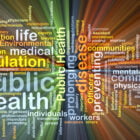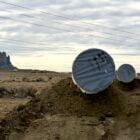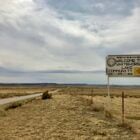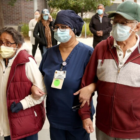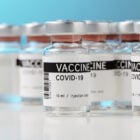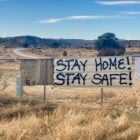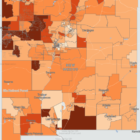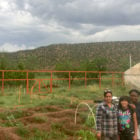Covid-19
New Mexico drags feet on public health task force sought by lawmakers
|
In March, as the state scrambled to vaccinate New Mexicans after a surge in COVID-19 cases that overwhelmed hospitals nationwide, lawmakers passed legislation asking the health department to convene a task force to strengthen the state’s public health system. The panel would be one of the first of its kind in the U.S. and as other states look to do the same could serve as a model, according to American Public Health Association Executive Director Dr. Georges Benjamin. But five months later – and with less than four months remaining to prepare its recommendations for lawmakers – the task force has not met and it’s unclear when it will.
“I’m worried,” said New Mexico Public Health Association President Shelley Mann-Lev. “We have not been given any explanation for the delay. …
